Taking photographs is as tricky for a photographer as it is for the person getting their picture taken. However, there are tactics and basic guidelines that tell you how to take professional headshots.
Headshots are professional photographs that focus on a person’s head and shoulders. They are commonly used for professional purposes, such as in resumes, LinkedIn profiles, and corporate websites. A good headshot can make a lasting impression and help you stand out from the competition.
The art of capturing a magnificent headshot transcends mere photographic clicks. It demands meticulous contemplation of various elements: the interplay of light, the finesse of posing, and the nuances of wardrobe choices. In this composition, we shall embark on a journey into the realm of invaluable counsel on how to encapsulate the quintessential headshot, one that not only mirrors your unique persona but also exudes professionalism in abundance.
In this article, we will explore some valuable tips on how to capture the perfect headshot that reflects your personality and professionalism.
1. Consult before the Headshot Photography Session

People are usually nervous about getting their portraits taken. Hence, it is vital to make them feel at ease for themselves so that the pictures don’t come out looking forced. Make sure to have a chat with the person to help them settle and feel relaxed. For example, a simple handshake or a “How are you?” or talk about something they like will help them feel more comfortable.
Make sure to conduct a session with the client before getting to work. Ask them about what style they prefer or how the images will be used in their profession and similar questions about your work. To make your perspective more clear on what you are doing or the purpose of the photoshoot.
For example, it is more likely that a corporate lawyer will prefer a white background than a teacher or an instructor who might choose a more colorful background. Consulting with your client before the photo shoot will help you know what your client’s expectations are from you and how much you can fulfill them.
It is always better to communicate face-to-face with the client. It creates a comfort zone between you two, and hence, it will be easier for them to ease up during the photoshoot. A happy conversation will quickly light up their mood and make them feel relaxed and comfortable with you.
2. Make a difference through slight adjustments.
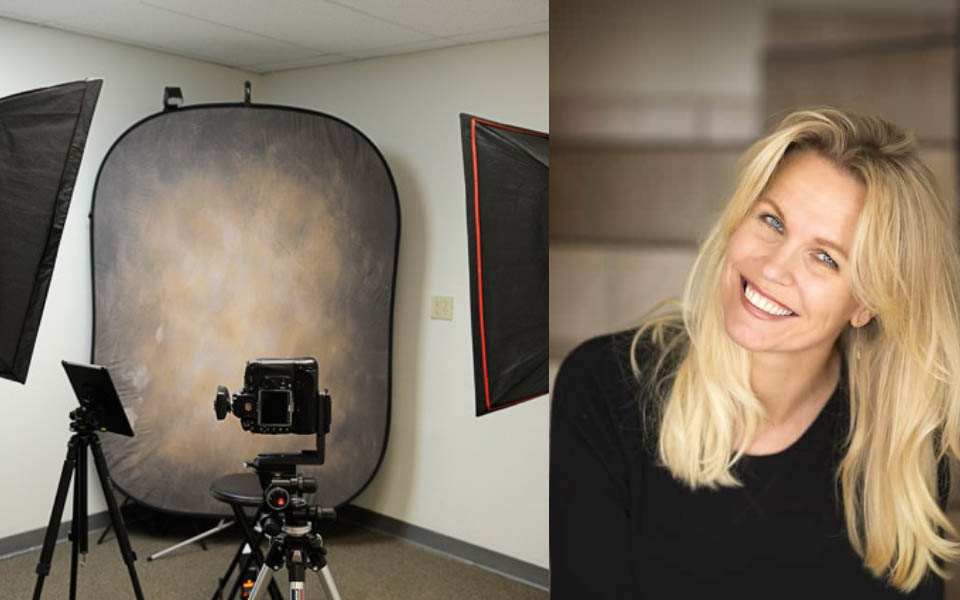
A minor adjustment here and there can contribute to a significant difference in the pictures. Indeed, business headshots are different portrait photography, mainly for corporate use, but it is astounding what a slight turn of the head or shoulder can bring to the picture. Although headshots are restrictive towards poses, the face of the subject facing straight to the camera, tilting the head a little, and leaning forward may bring out the best in the photographs.
3. Tips on How to Pose for a Flattering Headshot
Posing for a headshot can be intimidating, but with a few tips, you can achieve a flattering shot. Relax your shoulders, elongate your neck, and stand or sit in a confident yet comfortable position. Experiment with different angles and expressions to find your best look.
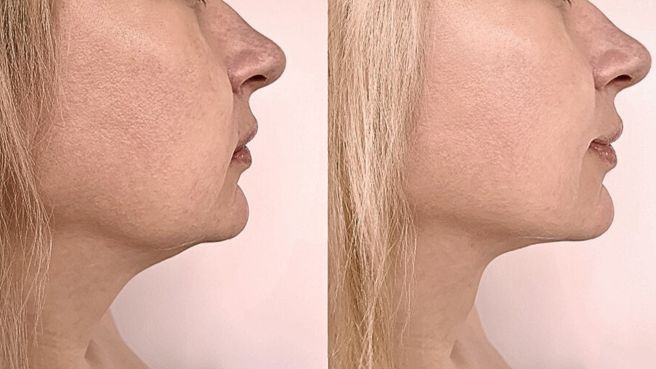
- Extend your chin slightly forward and down to define your jawline and banish the risk of a double chin.
- Imagine a string gently tugging your head skyward, elongating your neck, and adding a touch of grace to your posture. Release any shoulder tension by rolling them back and down, presenting a more relaxed and approachable demeanor.
- Position your body at a subtle angle to the camera, with one shoulder nearer to the lens, creating a slimming and dynamic effect.
- Avoid awkward hand placements; instead, let your hands rest gently on your hips, hold a prop, or allow them to hang naturally at your sides.
- Rather than a forced grin, channel warmth and approachability through your eyes—a genuine expression achieved by thinking pleasant thoughts.
- Experiment with various angles to discover your most flattering look. Tilt your head slightly or position the camera above or below eye level for unique perspectives.
- Spend time practicing different poses and expressions in front of a mirror to determine what suits you best.
- Remember to stay relaxed and breathe during the shoot. Facial tension can be evident, so take deep breaths to maintain composure.
- Effective communication with your photographer is crucial. They can offer valuable guidance and feedback to help you attain outstanding results.
4. Lighting and Positions Tips for Headshots
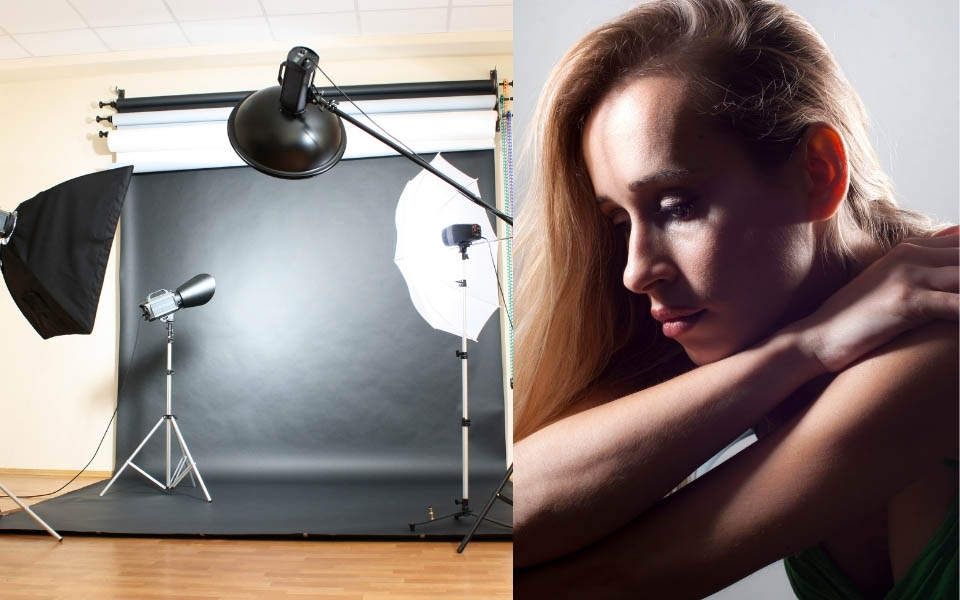
For business headshots, there are a few situations where the images are low-key. Ensure that the subject or your client’s body is angled approximately 45 degrees away from the camera. And their face is pointed straight to the camera.
An evenly lit and classic setup works well with one light from above and another light/second light or a reflector from the bottom supplying fill light.
5. Assist your client in choosing the right clothes.
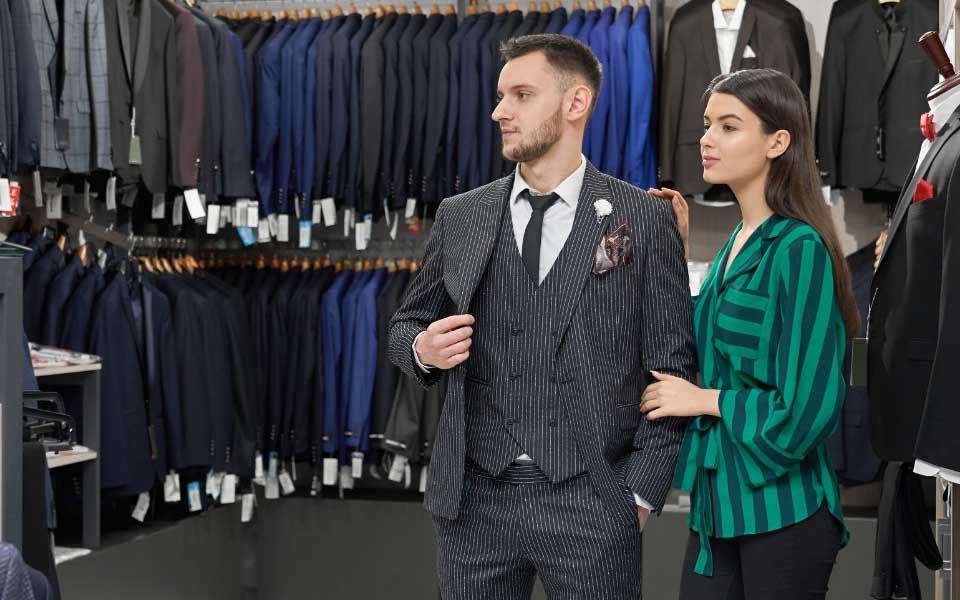
In general, solid colors work best for headshots as the focus should be the subject’s face in the headshot. For formal style, ensure that your client knows and brings traditional work clothes with them. If you want, you can also have a spare set of clothes for your clients to forget.
You can give an instruction or suggestion manual and what the client needs to bring or wear for a professional business headshot photoshoot. Choosing an attire or clothing style also depends on where the picture will be used; therefore, make sure to communicate with your client and suggest them accordingly.
The most straightforward rule is to pick an outfit that someone would wear to a job interview. The clothing style, hence, will be polished, personable, and professional. You can consider the following tips for suggesting the clothing style to your clients:
- Layer a blazer over the shirts
- Wear clothes with solid or neutral colors.
- Skip patterns design clothes as they can be distracting.
- The purpose of the headshots is to draw attention to your face. Therefore, it is best to avoid jewelry, etc., or wear elementary ones.
- Keep your clothing style classic, be it with a pop color or a solid dark one.
- Long sleeves look more professional. Try to avoid bare arms or turtlenecks.
6. Creating Identity through Your Headshot
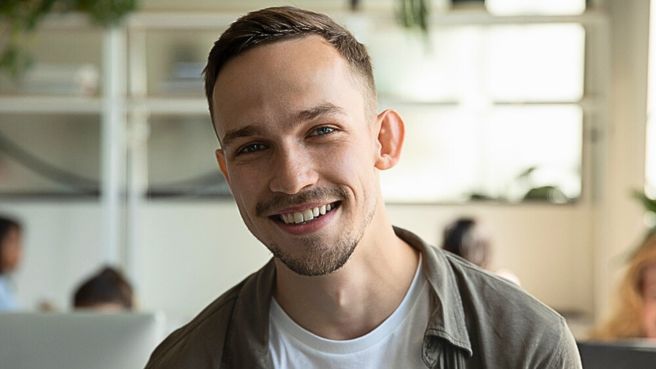
Your headshot should reflect your unique brand identity. Consider the message you want to convey and align your clothing, accessories, and expressions accordingly. If you work in a creative field, you may opt for a more casual and approachable vibe, while a corporate professional might go for a more formal look.
- Ensure that your headshot captures a genuine expression that reflects your personality and the image you want to convey.
- The background of your headshot should complement your identity.
- Opt for a backdrop that either highlights your profession or interests or keeps the focus solely on you.
7. Create a background
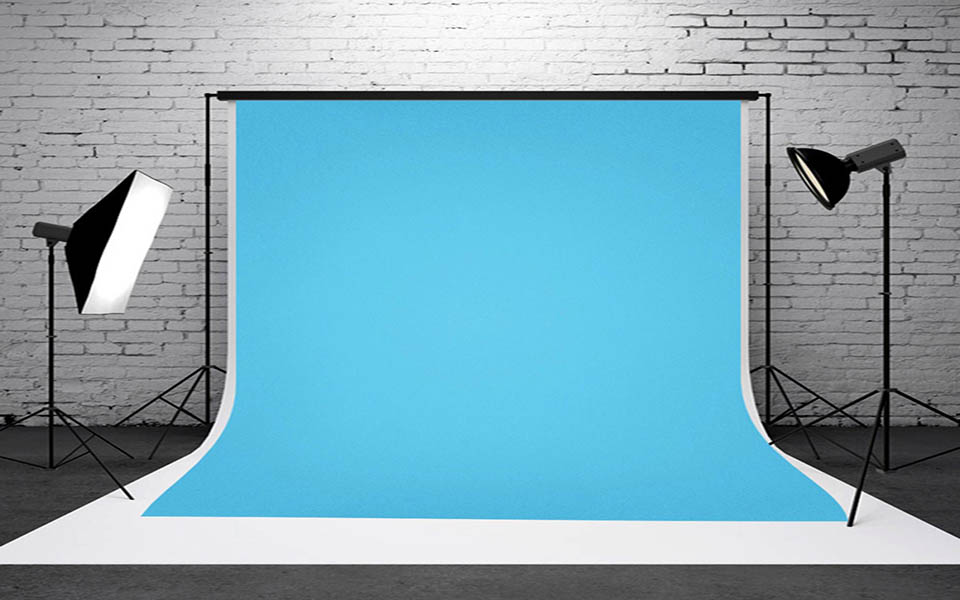
Make sure your client does not stand too close to the background to come up with a good photoshoot, as you might see shadows on the background, which makes the picture look less professional.
It is highly recommended to make or create different backgrounds for outdoor headshots. When you shoot at a wide aperture, the result will be an excellent nondescript background. Try out plain white backgrounds, which you can utilize in making changes later on. You can try to make adjustments to the subject’s distance from the background or the lighting angle.
8. Tips for Choosing the Right Headshot Style for Your Industry
Different industries may have different expectations when it comes to headshots. Research what is commonly accepted in your field and tailor your headshot accordingly. Certain professions, such as lawyers or healthcare professionals, may require a more formal and serious approach, while creative industries allow for more individuality and expression.
- Consider varying headshot styles based on your professional role and industry norms.
- Tailor your headshot to appeal to your target audience, instilling confidence in your abilities.
- Ensure your headshot aligns with your company’s culture and values.
- Dress appropriately according to your industry’s dress code, expressing your style when suitable.
- Choose a background that complements your industry or workplace, providing context to your image.
- Select a facial expression that matches your industry’s tone, balancing confidence and approachability.
9. Try communicating with the client throughout the photoshoot.
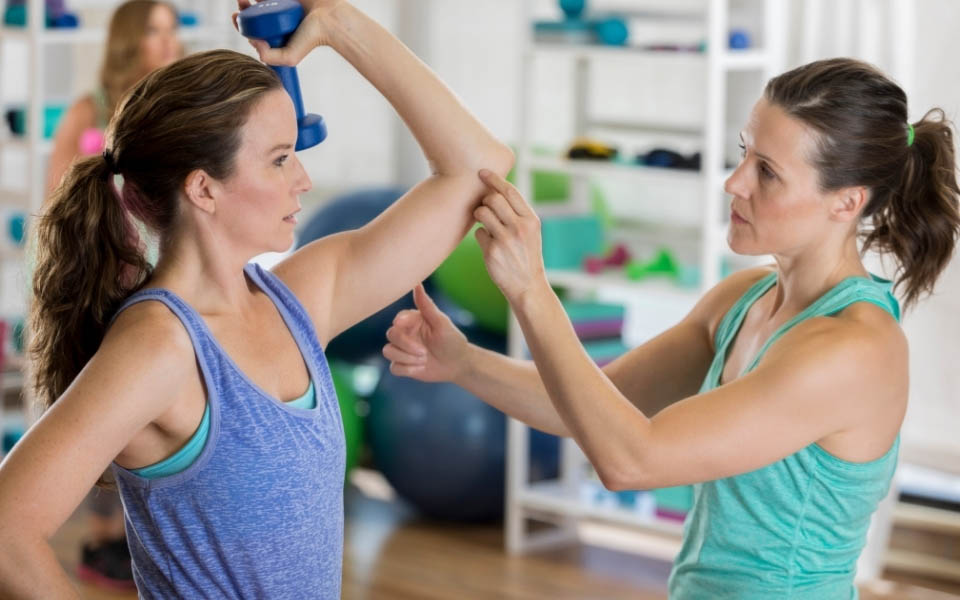
Many people are uncomfortable getting their pictures clicked, and therefore, a quiet photoshoot session might make them feel awkward and uncomfortable. It is always best to keep talking to the client, reassure them that they are doing good, and tell them how they are doing. This will make them feel confident and result in showing genuine confidence in the photographs.
Reassuring your clients that they are doing it right or suggesting that they should do little this or that will make them feel free to communicate with you. When they are tensed up, it will show on their face, and the photographs might not turn out to be great. Advising them on what to do and what not to do will guide them, especially those getting a business headshot photoshoot for the first time.
Make sure not to express dissatisfaction to the client. Instead, make them understand that they can do better. Healthy, kind, and polite communication with your client will result in good photographs. It is an effort given by both the parties, the photographer and the client.
Being silent and not expressing will also make the atmosphere dull and unresponsive from both sides.
Therefore, keep talking to the client about different things, get to know their story, bring in positive conversation, and keep them happy and relaxed.
10. Here’s a FUN TIP: Silly faces!
Yes, I’m wondering what the catch is. An efficient and great way to help people relax is by asking them to make funny faces and have some fun in front of the camera. Then, if needed, join in with them. It will help them relax and ease out a little. They might be uncomfortable at first but will surely open up once you make them feel comfortable around you.
You can also use this method as a lighting test for a new person. Again, this is a very effective way to break the ice, and very few people will refuse to play along. Once your client gets comfortable, everything comes easy.
Edit the photographs to make them look more professional
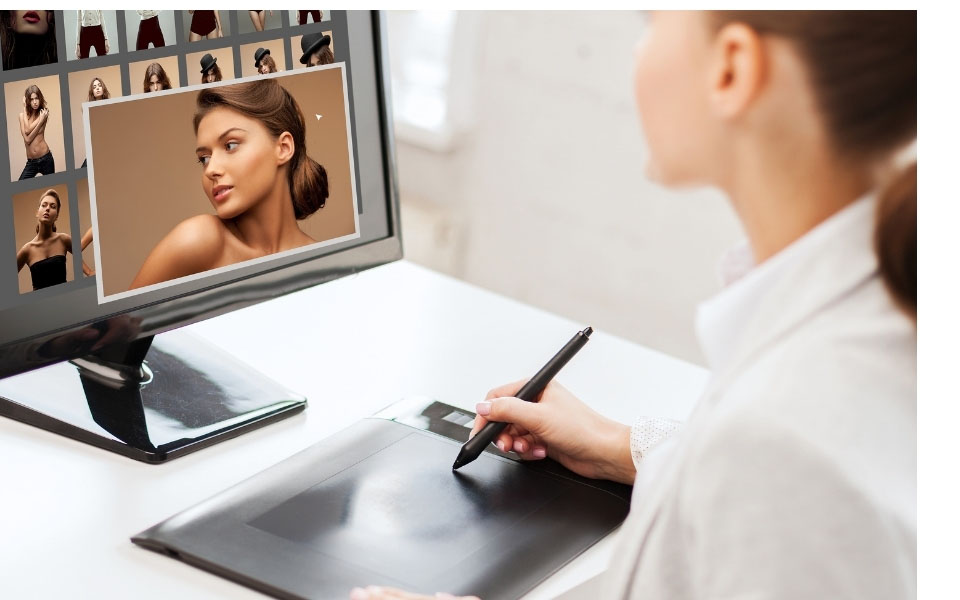
Elevating your photographs to a professional standard is effective if you use a photo editing app to post the photographs. Raw pictures need to be edited to make them look excellent and attractive to the clients and fulfill where they will be used.
Select the top three images to work with and use a photo editing software or application to adjust the picture size, cropping, lighting, color balance, brightness, and more. Next, use exposure to adjust highlights, shadows, and contrast to get a sharp image. After that, make sure the face doesn’t look too washed out. And then, you play with the saturation bar and adjust it accordingly to give the image the boost it needs.
Professional business headshots usually turn out best when they are in a vertical format that is cropped to reveal just the head and shoulders. Cutting the image plays an important role. Try to crop out as tight as you can, below the shoulders, and leave an extra space over or above the head.
For different platforms, image length matters; for instance, if you are willing to give it on social media, make sure to crop out the photo as a square since most social sites require same-sided square photographs.
Take your time while taking professional business headshots.
It is always better if you have someone to help you around with the settings and make things a little less stressful for you as you prepare for the photoshoot. Take your time to set up the studio or the place where you will have the photoshoot.
Eventually, you will be making adjustments as you work; therefore, take your time and don’t rush with things. It is always better to get a good quality photoshoot with a more extended period than to have an average photoshoot with less time in hand.
What should we do before starting the photoshoot?
It is essential to ensure that your picture output has high quality and a high-end professional feel. To do this, ensure the camera has the correct settings following the photo’s vision and the client’s requirements. For instance, if you are using your phone to take headshots, then keep in mind to enable the HDR or High Dynamic Range to get better quality pictures as it can harmonize separate exposures in an image.
Make sure to choose the best shot.
Review all the pictures and shots that you have taken, with the help of another opinion, and begin with removing or cutting off bad ones such as out-of-focus pictures, weird expression pictures, dark photographs, and more. Before editing, the raw photo should consist of a few essential elements:
- A good headroom
- Good expression
- A good background
- The best attire/clothes
- In-focus pictures
- Decent lighting
Some Common Problems With Business Headshots
Most headshots seen on the web are not up to mark, and a particular reason is the quality of the photo. A good picture quality makes a person look attractive, and an average-quality photo can make a person look terrible. Therefore, photographers, photograph quality, and editing play an essential role in professional photoshoots.
Dealing with Common problems may arise when taking a headshot
- A noisy background results in shifting the focus on the client’s face.
- Dark photographs with shadows.
- The client’s eyes are squinting because of too much brightness.
- The picture is not in the best design position.
- The clothing style of attire is not accurate.
- Inconsistent and unreliable cropping of an image as it is not cropped out as a square.
- The picture doesn’t grab your attention.
It is amazing how one photograph can make a big impression on several platforms. So, where are headshots used? Our internet presence always makes a difference in our lives. Therefore, apart from using the headshots on an offline platform, such as social media and personal uses.
Your business headshot is considered your brand logo and helps promote you in the corporate world. For photographers, business headshot photography can be an excellent way to communicate and build up corporate clients. A perfect professional business headshot photographer is most likely to grab solid clients in no time if they are unique and consistent in their work and work well in handling people from different industries and professions.
Nowadays, headshot photography is said to be one of the most consistent services that are in demand. Every professional needs a business headshot photography to build their brand in their field or industry. Companies also sponsor headshot photography for employees for their websites and company profiles. Individuals also need headshots for their websites, social media or corporate platforms, or even personal portfolios.



